Any work that can pay us is considered as ‘livelihood’. Livelihoods that pay better are more attractive to most of us. Whether they actually enhance the quality of life in a sustained manner, seems to be a moot question. Some livelihoods trigger large scale disasters, while others slowly harm human health and yet others divert people, resources, and institutions away from life-supporting livelihoods. In the present circumstances of a virus-induced pause in all economic activities and livelihoods, it will be worthwhile to look at the interfaces of life and livelihoods.
Virus spillover from animals to the human body has been a result of our interference in natural landscapes and making merchandise out of wild animals and their body parts. To be able to buy anything anywhere, anytime, and doing anything to earn the money needed for that, is a legitimate goal in the present times. What some communities living close to natural landscapes would have harvested occasionally, started making regular appearance in markets, for consumers far away. Communities with functional institutions to know and manage their social-ecological systems are supposed to be aware of the potential impacts of indiscriminate extraction and trade in natural resources. But fading social institutions and value systems even among such communities made space for universalised materialistic view of livelihoods. Once market invasion into such an institutional vacuum became the norm, many livelihood options built on specific aspects of nature became just money earners.
Nature- agriculture- food- health- livelihood- wellbeing, is an organic flow that is obvious and easy to comprehend. Nature is slightly modified for agriculture in order to support a healthy meaningful life that includes pursuing livelihoods as also tending nature and society in some way or the other. However, we generally host an atomized understanding of each one of these links interconnected as a single thread. Nature comes to our mind as wilderness in some distant mountains, farming as an occupation of the unskilled, food as what market can provide irrespective of seasons and locations, and health as ensured by capital seekers in the sector. Such segregated notions are instrumental in breaking the chain between human well being and nature, though it may not be visible right away, as in the case of wildlife trade. This short-circuiting of the chain of life by profit chasers and consumers co-opted livelihood seekers too in the process.
Agriculture, as critical connect between nature and human well-being, was an occupation that harmonized life and livelihood. Making it just another enterprise meant measuring it exclusively in terms of monetary outcomes. Fading cultural-ecological institutions including the know-how and skills around agriculture facilitated this paradoxical makeover of a creative occupation on which the lifeline of humanity is rooted. Donning the mantle of an enterprise, it started to be life-threatening for both consumers and producers through mindless practices at various stages. Despite transforming from a culture to a business, it also became non-remunerative as a norm than exception. Indebtedness as well as weakening health of ecosystems and society came to be the trademarks of an occupation that could play an affirmative role in the longevity of human civilization.
Since this year’s Ugadi – the new year day of the lunisolar calendar – 24th March 2020 – life and livelihood appear to be at loggerheads with each other, in other ways too. Workers especially those in the unorganized sector, had to stop their work so as to save human life from the Covid-19 pandemic brought out by a zoonotic pathogen. Most workplaces fell silent. Some with secure jobs could continue to get paid, but a huge majority of those precariously employed in the informal sector lost their daily earnings.
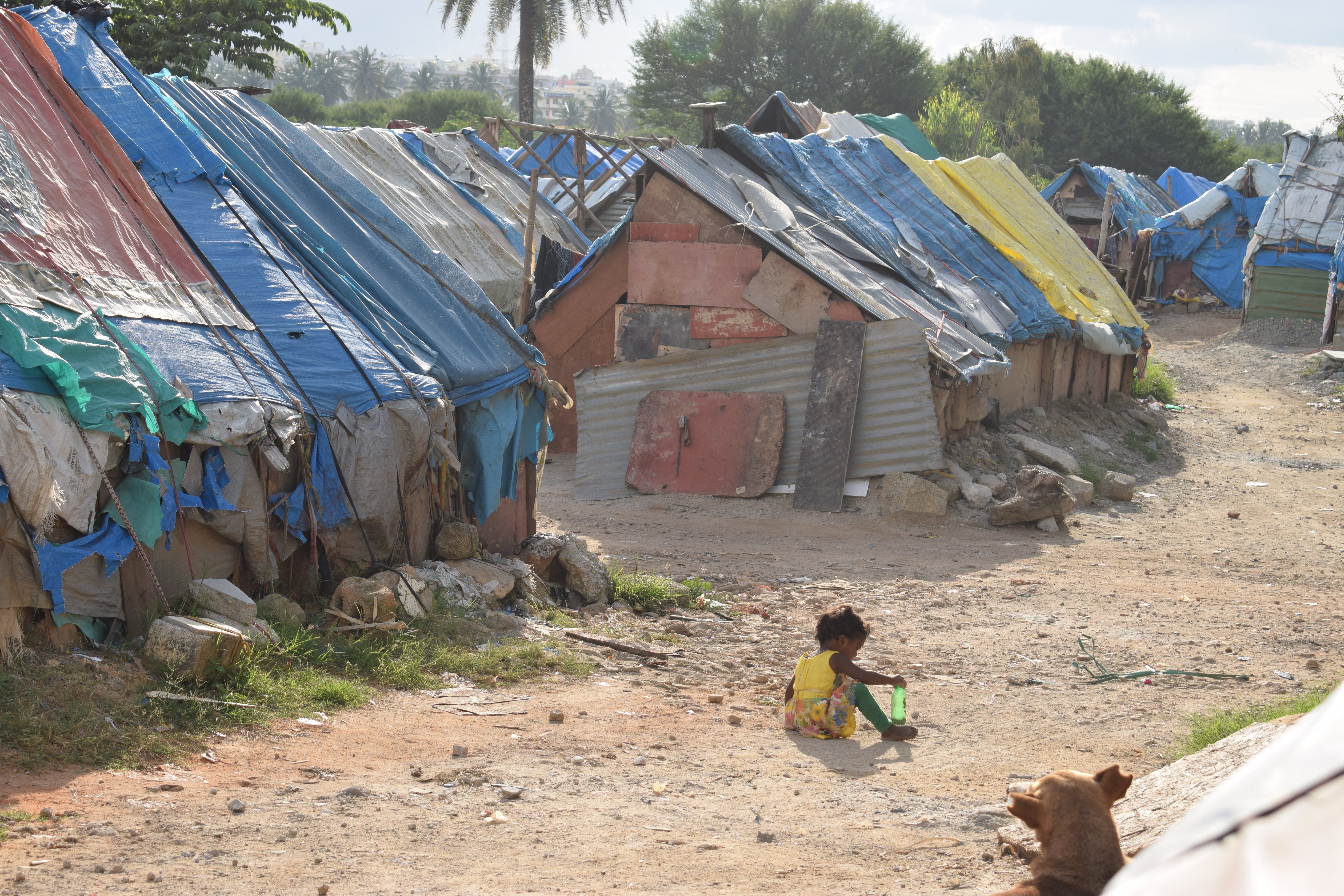 ‘Blue sheds’ as they are referred to are the shanties where migrant workers stay in Bengaluru.
‘Blue sheds’ as they are referred to are the shanties where migrant workers stay in Bengaluru.
Is this trade-off between life and livelihood inevitable even during a pandemic? Estimates show that, of the informal sector workers (more than 90% of workers in the country), those in urban areas suffered more losses than their peers in the rural (APU COVID survey, May 2020). Large chunk of the unorganized sector workers are small and marginal landholders. To these workers, agriculture is not just part-time self-employment, but also nutritional autonomy and social security. For them, agriculture would have been a reliable basic needs provider , if market for their small surplus could be assured, along with safe and productive complementary employment in the neighborhoods. With some control over one’s own basic well being within reach of one’s village, and with functional institutions in health and education, the conflict and resultant out-migration would have been minimal.
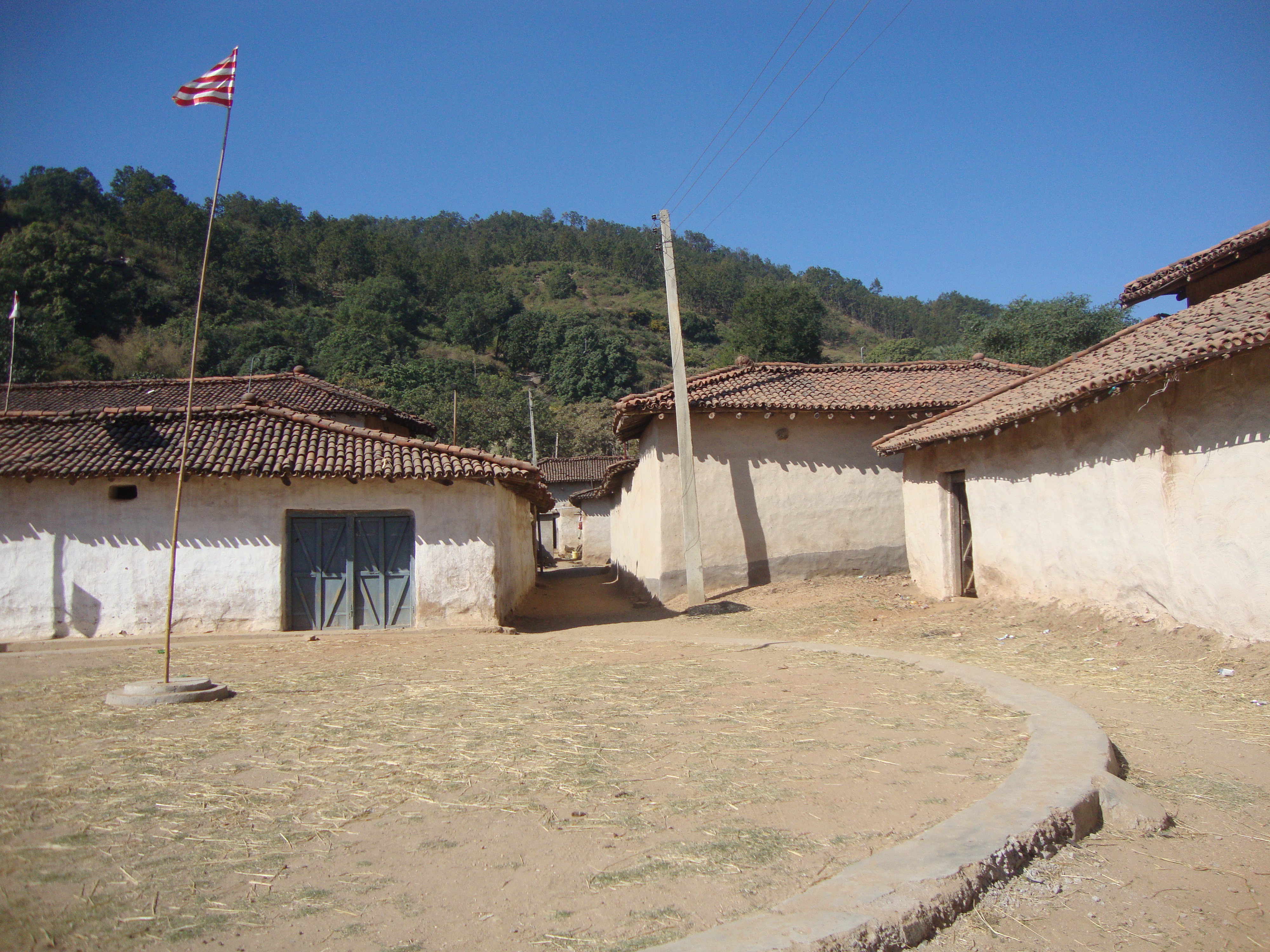 An interior hamlet from where smallholders migrate to insecure jobs and abysmal living conditions in some distant city
An interior hamlet from where smallholders migrate to insecure jobs and abysmal living conditions in some distant city
The financial burden from an exclusively market-oriented small-scale farming and inadequate public health care system made migration a norm, diverting labour force towards building urban infrastructure and lifestyles. The precipitating question was that of food, and imports proved easy and often cheaper too. Whether imported food is unsafe for consumption or nourishing in their impact on the human body and whether they undermine farm livelihoods, are questions never asked in food security discourses. Food produced in ways unknown to the consumers (that include most farmers) travel far and wide, making the nature-well being nexus out of sight, for most of us.
The book – City and the Peasant: urbanization and agrarian change in southern India (Seema Purushothaman and Sheetal Patil, Springer Nature, 2019) reveals the fact that urban informal sector is not an aspirational workplace for rural migrants. Contrary to the common notion, it doesn’t even improve the quality of life of farmer migrants, as the book finds in Karnataka. While the urban informal jobs came to a grinding halt in this era of the pandemic, farmers continued their work, though earnings suffered as consumers and production landscapes are far from each other. Public food Distribution System was a savior in most places (APU COVID survey, May 2020; Dalberg, April 2020), keeping hunger at bay from farm households, but much short of ensuring nutritional security.
The above is not a tirade against enterprise and trade altogether. Humans have always tried to know, interact, and transact with new places, products and people. It will always be the case; even though we are increasingly protective of the political and cultural boundaries. Virus crossed all borders and not one could we close by choice. The profound and fundamental emerging fact is that ignoring nature’s value chain is suicidal for humanity.
With economic feedback loops set in motion, all human activities including disaster mitigation tasks, reinforced cumulative production processes and profiteering within and across borders. The cycle of depletive extraction, wasteful consumption, and pollution spurred economic growth, until a black swan event like COVID-19. After all that din about marketization and globalization for the sake of livelihoods and poverty reduction through economic growth, the entire economy has to focus on a singular purpose- of saving human lives, simultaneously hand holding enterprises ravaged by the pandemic, for a notable time from now. About INR 20 lakh crore or 10% of India’s GDP has been earmarked for overcoming the economic loss. After all, only when human life is thriving, would livelihood generation make any sense.
The pandemic is mauling the so far mutually reinforcing capital – livelihood cycle, though all efforts are being made to be back soon on the self-defeating track. Economists are urging governments to mint more money and reduce the interest rate. The government is urging corporate bodies and civil society to spend more in humanitarian responses as wages, food, and medical care. Some announcements on ‘being vocal about local’ and some move to ensure wage security (though dilution of labour laws also are reported) provide hope of fresh thinking. But a clear paradigm shift to an economic cycle with a shorter radius and bearable turbulence that could make the nature-well being nexus explicit, is not in sight.
The one simple and obvious lesson from the small but mighty virus is that modern superstitions like economic growth as the panacea for all problems and consequent belief in money as the only measure of livelihoods are hard to phase out, than age-old social evils. Diligent economic growth built on resilient social-ecological systems may be a slower but steadier companion to a healthy human race. Then, livelihoods will let us nurture nature and civilization, and may not cost lives.
Forthcoming posts will cover lived experiences and strategies of smallholders from different parts of Karnataka, in surviving the crisis during the Covid-19 pandemic. Till then, as always, we welcome your feedback and comments.
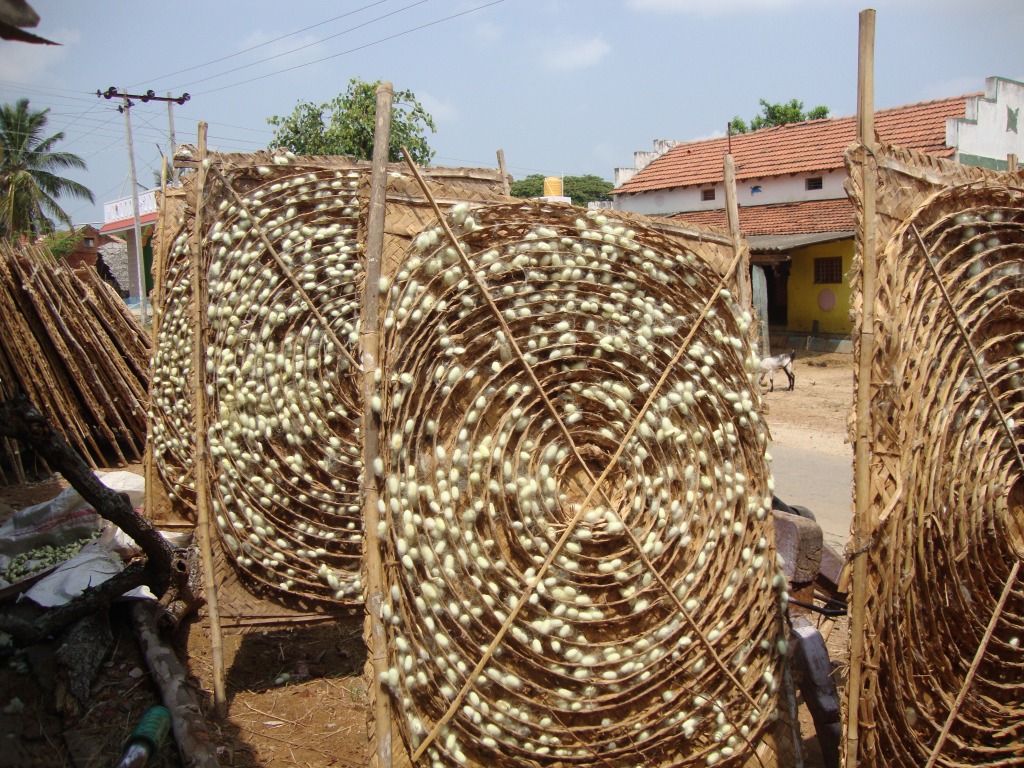
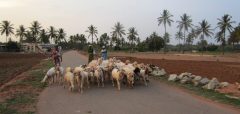
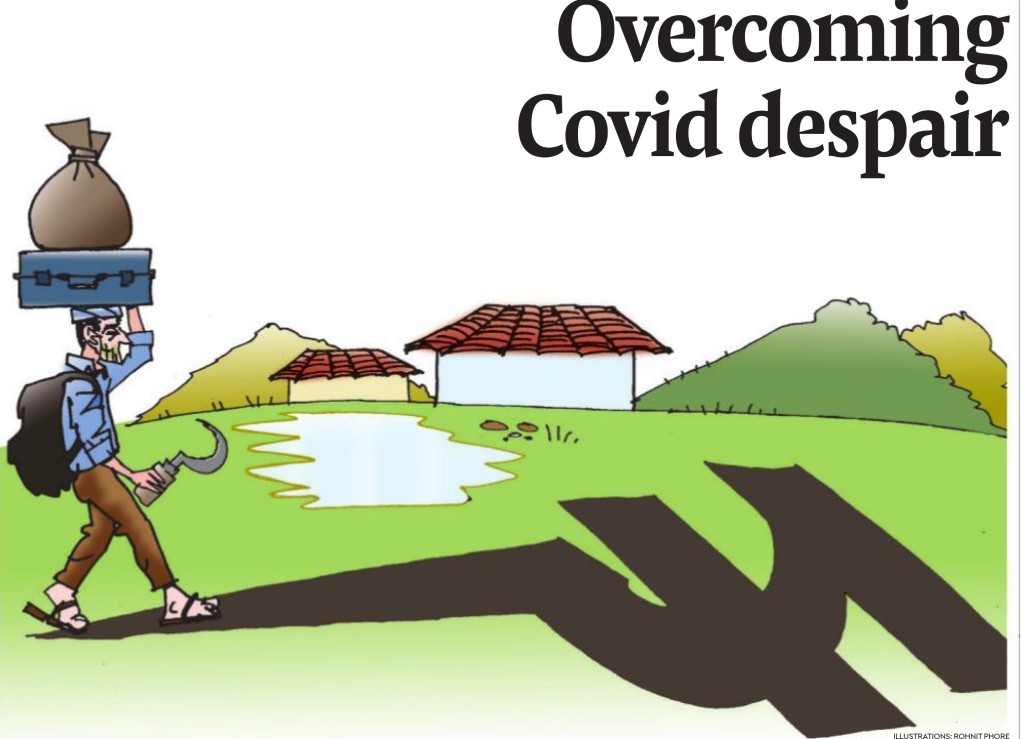
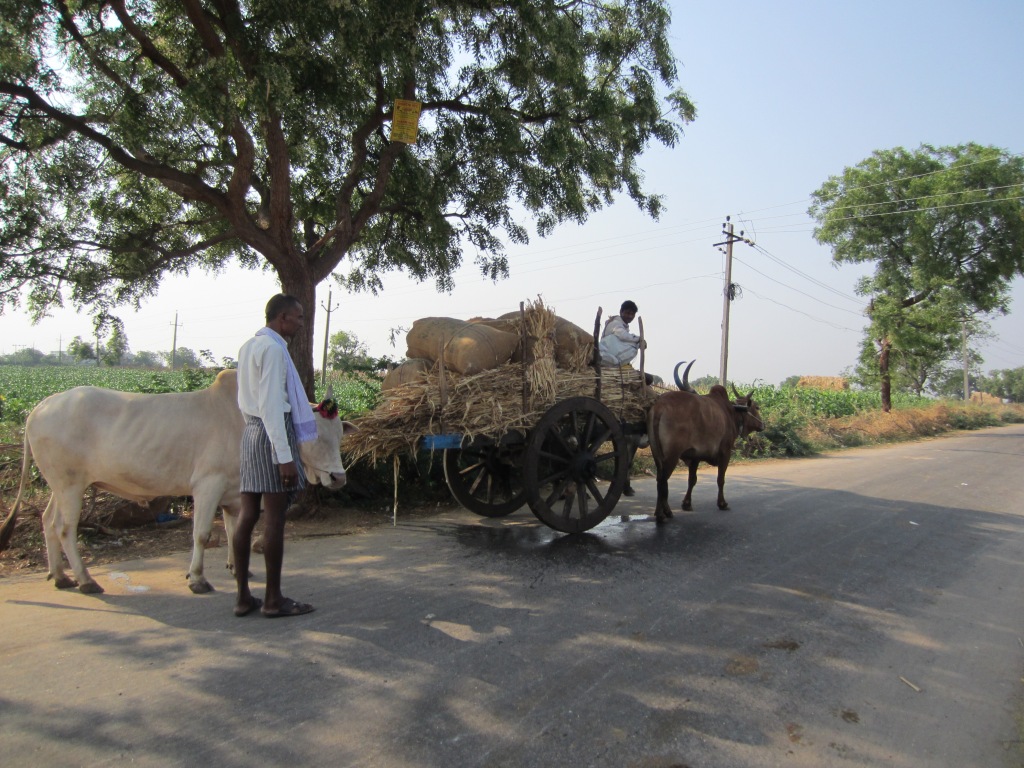
 ‘Blue sheds’ as they are referred to are the shanties where migrant workers stay in Bengaluru.
‘Blue sheds’ as they are referred to are the shanties where migrant workers stay in Bengaluru.  An interior hamlet from where smallholders migrate to insecure jobs and abysmal living conditions in some distant city
An interior hamlet from where smallholders migrate to insecure jobs and abysmal living conditions in some distant city














